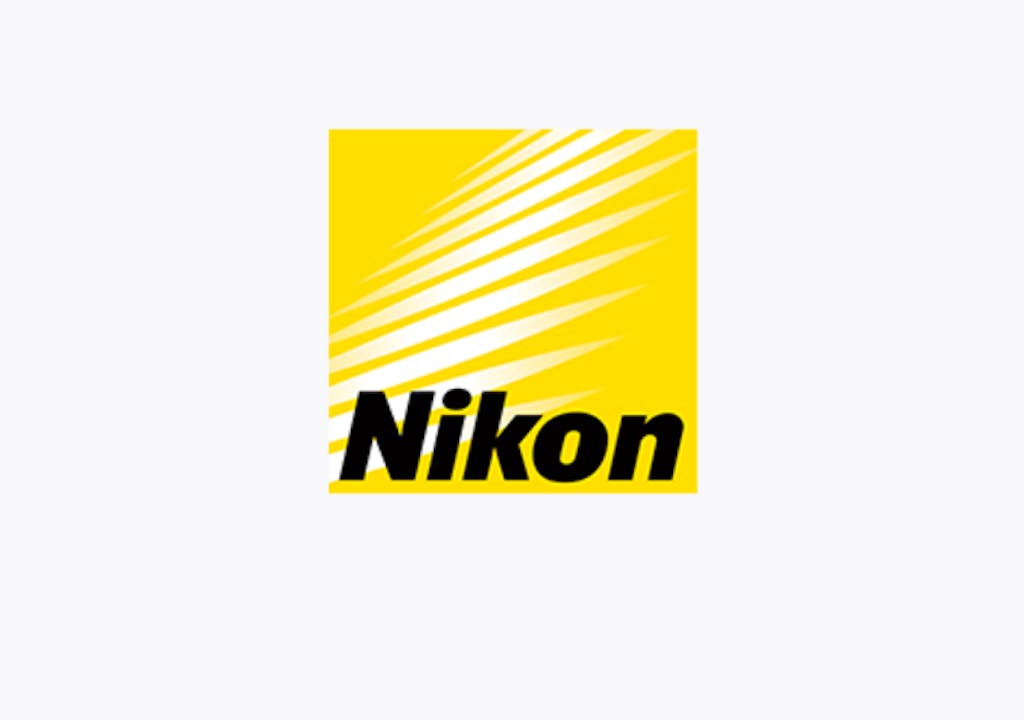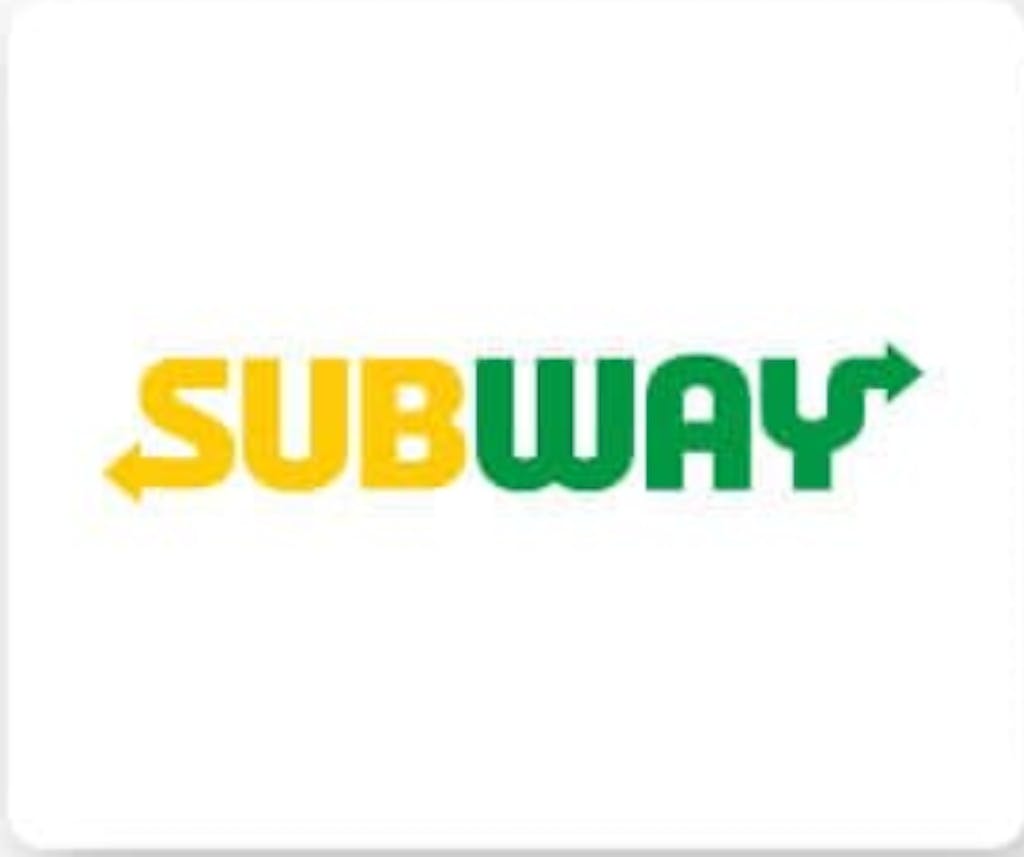If you close your eyes for a second and think of 3 famous brands, you’re likely to picture the company’s logo colors right away. YouTube: red and white. McDonald’s: yellow arches. FedEx: purple and orange. This goes to show our brains are wired to remember and respond to logo color combinations.
So, what does this mean for your brand logo?
Studies show that, before anyone can even take a closer look at your logo or hear the name of your brand, they’ll assume who you are and what you do (in approx. 0.05 seconds) just based on your logo’s color combination. Simply put, your brand colors help customers decide whether or not they want to engage with you. This means you really have to work hard to make your logo stand out.
If you read that thinking, “But I have no idea what colors to choose for my logo,” no sweat. We’re going to cover that below. Right now, you’re getting the lay of the land, an important step in your journey to becoming a logo color expert.

How popular brands use logo color combinations

Most logo color schemes use 2 colors. In fact, only 5% use 3 or more colors in their logo. The most popular branding colors used by successful brands are red, blue, grey, and yellow.
Brands with great logo color schemes didn’t come across them by accident. They have very intentional color schemes that express a very specific message and appeal to their target audience. Here are 10 examples to get your creative juices flowing.
Examples of Famous Logo Color Combinations
1. Yellow and red

This bold logo color combination instantly draws your eye to the center of the logo. The striking red text pops against the happy yellow accent, creating a sense of energy and playfulness.
Related: All You Need To Know About Complementary Colors On The Color Wheel
2. Purple and white

People view purple as a royal and religious color. And the best bit is that even just a pinch of purple in your logo can make it look regal and elegant. Paired with pure and impeccable white, the purple logo stands out. This color combination is a popular choice for creative and marketing agencies.
3. Black and yellow

This logo color combo is friendly and bright. It gives the impression of putting the customer at the center of your operations. The colors in Nikon’s logo represent future possibilities (white); expansion and passion (yellow); and reliability and quality (black).
4. Blue and white

Blue and white is a very popular logo color combination. These colors express feelings of trust, clarity, and understanding. This logo color combination is flexible across industries, from non-profits to tech to health organizations.
Remember that white is a color in design. It can be used to create negative space, which works to highlight the most important design element.
5. Red and white

This color palette for logos attracts the human eye the most! Red is an exciting and energizing color, and it’s best to pair it with something calm and neutral. It’s the best logo color combination for sporting brands as well as retail spaces. Any brand that needs to catch the eye from afar will benefit from using this color combination.
Related: The Psychology Behind Red Branding
6. Black and white

Believe it or not, black and white are both powerful colors that shouldn’t be overlooked in your color palette for logos selection. Its simplicity is almost jarring, giving black and white logos a feeling of mystery and exclusiveness that can be capitalized on by luxury brands.
7. Green and Yellow

Often used to market a great deal or a health-based brand, yellow – green make a powerful pair when showcasing brand conscience.
Subway’s bright colors are supposed to represent health, positivity, and a more natural approach to fast food. The vibrant logo color combination represents a good deal and a fresh meal to set Subway apart from other fast-food joints.
8. Brown tones

When you want to show your consumers they can depend on your brand, go with different shades of brown. This color combination communicates different messages for different brands. In the UPS logo, brown signifies timeliness and reliability. But in a brand like Hershey’s, the color elicits nostalgia. Overall, you don’t see a ton of brown logos, so choosing one can also be a way to make your brand stand out among its competitors.
Powerful tips for choosing the best logo color combinations
1. Know what the colors in logos mean
To find the right color palette for your logo, you need to know what these colors mean and how customers react to them. There is a huge amount of research on color psychology and color theory out there. Here are a couple of infographics to start you off.









Related: Why Do Restaurant Logos Use Red And Yellow?
2. Know your brand
Before you set out to choose your logo color schemes, make sure you know your brand inside out. Who are your customers? What are you promising them? Moreover, what are the values of your brand? What is your market all about? Such information will serve as a helpful guide when you’re coming up with the color palette for your logo.
3. Look at competitor brand logo colors
The best brand logo color combinations are instantly recognizable. Since your product will most likely appear among your competitors – either online or on the shelf – you want your logo colors to stand out!
4. Keep it simple
Remember the golden rule: the simpler, the better. It’s simple logo colors that have the most impact and end up standing the test of time.

Let’s take a look at Nike’s logo. It might seem like a simple swoosh isn’t anything special or memorable. In reality, the logo looks great on different objects – sneakers, sportswear, etc. Therefore, using one color can sometimes be a winning decision.
5. Logos impact brands in a big way
Remember the logo color combination you choose tells a story, and you want that story to reflect your brand while resonating with your target audience.
Conclusion
It’s never too late for a logo rethink, or to learn from some of the most successful companies about the secret sauce to logo success. Luckily, you don’t need to manually pick colors for your logo. Simplified has several easy-to-use tools and features which will help you collaborate with your designer to select the best color combination for your logo in a matter of minutes.













